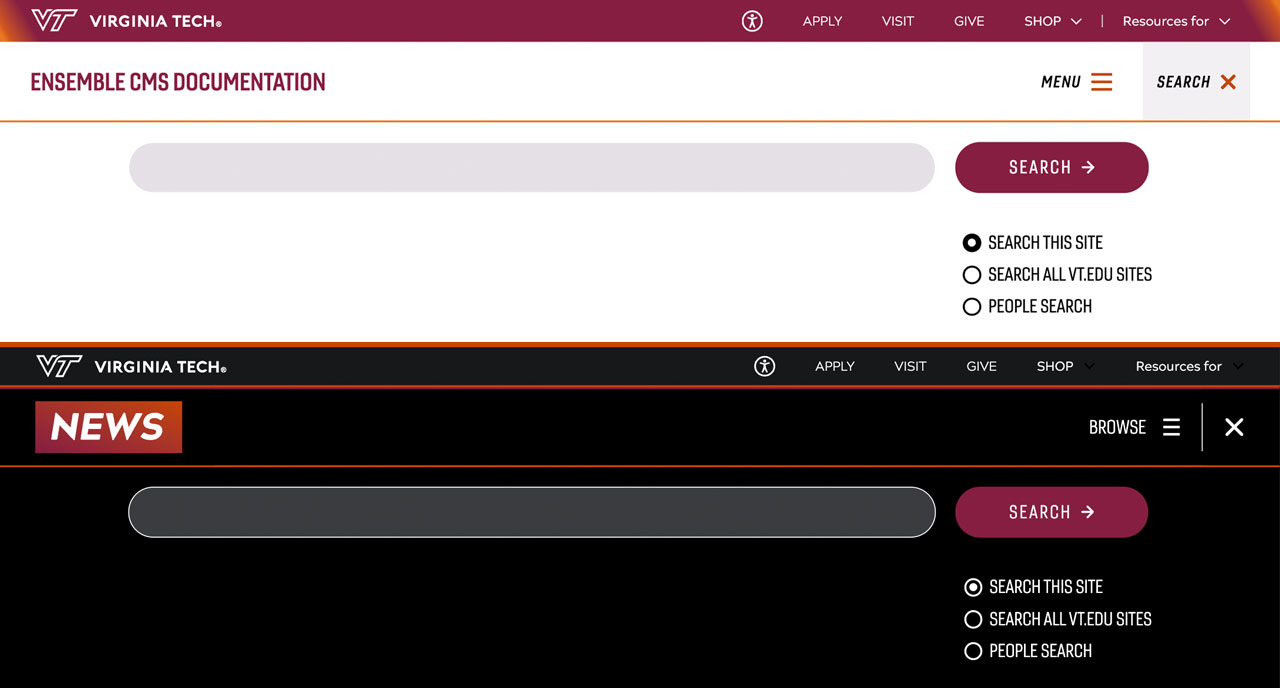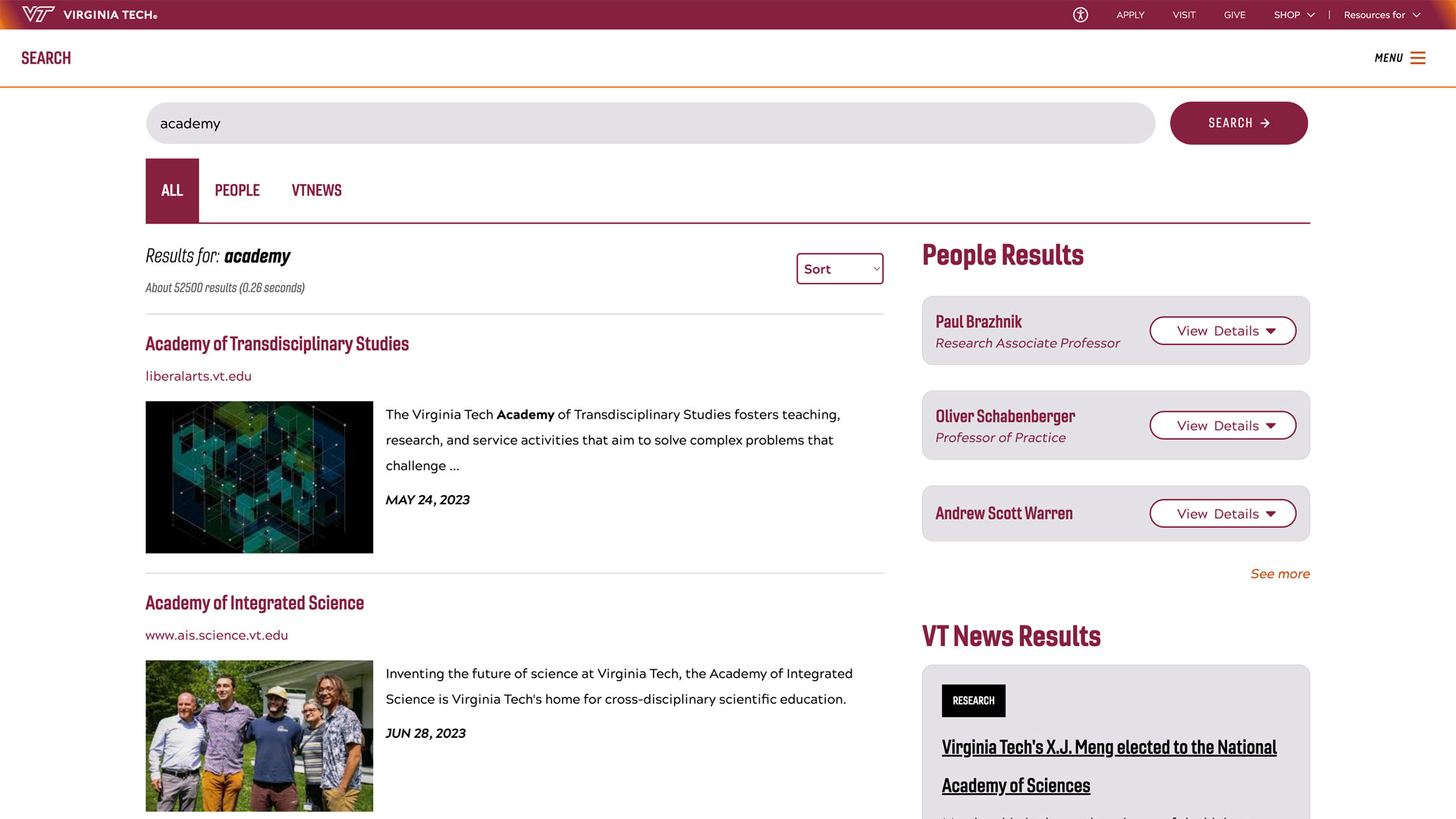Inventing the future of multiband antennas with 4D printing
Virginia Tech alum Michael Sherburne ’18, as part of the Johns Hopkins University Applied Physics Laboratory, is changing the future of wireless communications.
Above: Utilizing heat, the 4D antenna expands from a coiled spiral to a cone. The video has been sped up five times. Video courtesy of Michael Sherburne.
3D printing is more than the latest trendy tool — it’s the foundation of the growing additive manufacturing industry. Additively manufactured materials show up everywhere, from a 3D-printed Starbucks in Texas to the antennas hidden inside cell phones.
At Johns Hopkins Applied Physics Laboratory (APL), Virginia Tech alum Michael Sherburne ’18 worked with a team of engineers and scientists to take additive manufacturing into the next dimension with their groundbreaking 4D-printed compound antenna.
“Our technology for reconfigurable, compound antennas could enable a wide-range of applications, from mobile network telecommunications to space missions,” said Sherburne, a project manager at APL. “This additively manufactured two-way shape memory alloy or material that is purely made of a metal can expand and contract in any setting once it’s trained.”

4D printing incorporates the fourth dimension, time, to create objects that activate under specific physical conditions such as heat, moisture, light, pH change, and electric or magnetic fields. And antennas — in phones, satellites, and Wi-Fi routers — are critical for maintaining the connections of our wireless world.
The APL team combined the two in a new invention: a double spiral antenna made from nitinol, a nickel titanium shape memory alloy that “remembers” its previous form after exposure to different temperatures. The shape-shifting antenna shifts between a flat spiral and an extended cone so it can send and receive signals across two different frequency spectrums:
- 2-7 GHz — the S and C bands used by radar, air traffic control, and satellite uplink/downlinks
- 7-12 GHz — the X and Ku bands that allow for higher-resolution radar and high-speed data transmission
“It’s very exciting to think about the next generation of this technology that we could work on,” Sherburne said. “We’re excited for collaborators so we can transition the antenna from a prototype to a final product, whatever that might be. This antenna opens up so many new things.”
Sherburne is an Air Force captain in the Individual Ready Reserve, a seasoned inventor, and the 2018 College of Engineering Outstanding Senior. He has been at APL since 2023. He received his bachelor’s from Virginia Tech, his master’s from the Air Force Institute of Technology, and his Ph.D. from the University of New Mexico, all in electrical engineering.
Above: This video, sped up only two times, shows how rapidly the 4D antenna expands from a coiled spiral to a cone. When cooled, the antenna returns to its coiled shape. Video courtesy of Michael Sherburne.
Sherburne recently spoke about his approach to the antenna research, his passion for inventing, and his time at Virginia Tech.
What was your role in developing the compound antenna?
This was one of the first projects that my supervisor, the principal investigator Jennifer Hollenbeck, put me on, and I was doing a lot of simulations and modeling at the beginning. In the second year of the project, I was more focused on integrating the different systems together. Our main problem was the direct current (DC) and radio frequency (RF) mixing together, especially in the same line — it’s not something that people do, because there’s not usually a need for it. I really had to go back to my fundamentals, utilizing coaxial geometry to make those two systems work together.
What’s it like to be an engineer that gets to take ideas from imagination to reality?
Working on the cutting edge, you actually are literally trying to do things that weren’t there before, so you’re inventing a new path forward. There isn’t a textbook I can go to, or some paper I can reference. If there is, they can help you to a degree, but after that point, if you’re pushing something that hasn’t been done, what do you do? If you’re working on problems that have never been done before, it can be very challenging, but it’s very exciting.
How did your time at Virginia Tech prepare you for this research, or for the role that you're in now?
My time at Virginia Tech was a very formative experience. I was in the Corps of Cadets, and that leadership learning experience carried through the rest of my career. I learned so much about working with many different types of people, understanding team dynamics across organizations, and thinking about solutions for the way forward. And my undergraduate research experience was useful; my senior capstone project helped me with putting things together in a quick manner and dealing with a limited budget.




